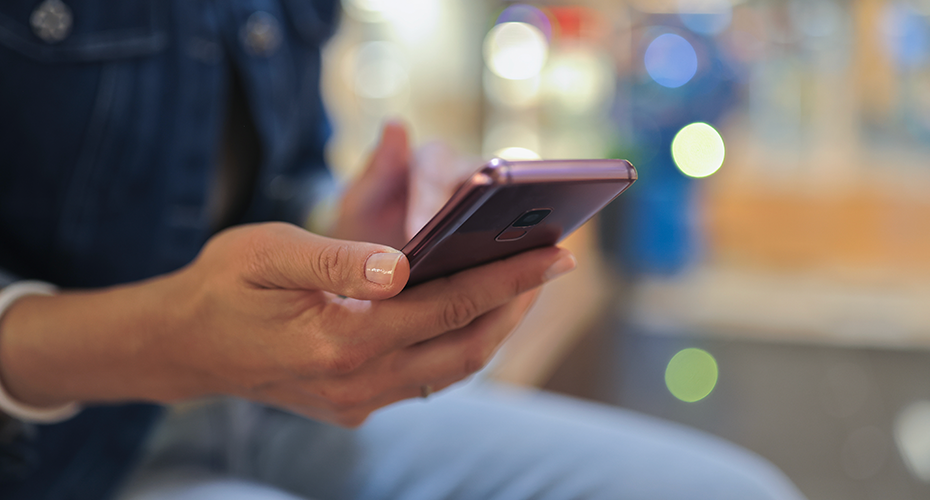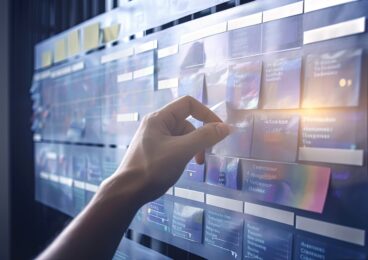On 13th December, an amazing thing happened! On that day, 1 Billionth tourist crossed the international border in a single year 1. With such a huge number of travelers, lots of opportunities exist to capitalize. It is common that people use smart devices while they are travelling. As per IMS research overall Smartphone penetration across the globe, it is roughly 686 million, and expected to cross 1 billion in 20162. With this pace of growth, smart devices are playing an important role in the complete lifecycle of the traveler.
Typical lifecycle of traveler is divided into the following phases:
Phase I – Travel Idea Inception
In this phase, user will be stimulated by the information received, or gained over period of time, and will be inspired to visit some place. There are few applications available on the marketplace that helps users to get inspired for traveling. Examples are: Trippy, Minube, Trip Ideas, etc
Phase II – Search & Book
In this phase, user will try to search for the package/options to suit his/her needs. It may be choosing cheapest option, or most convenient flight schedules, or much needed amenities Hotels. There are aggregators like Kayak that only consolidates the result and redirects traffic to appropriate website. Other type of Apps like Delta, American Airlines, etc for Airline, Hilton, Marriott International, etc for Hotel, Hertz, Avis, etc for Car – These are focusing on their own booking needs. There are other apps that focus on masses rather than single airline/hotel. Example: Expedia, Travelocity, Orbitz, Priceline, Hotels.com, etc.
Phase III – Planning for travel – Pre-travel
In this phase, users will be able to plan majority of his/her activities before travelling. Managing booking, Complete itinerary at one place – Apps like: Tripit, Worldmate, etc. Packing instructions/help – Apps like: PackTM, Packing Pro. Destination guides – Apps like: Lonely Planet, Flight schedules and alerts – Flight stats, FlightTrack, etc.
Phase IV – During Journey
Users use smart devices in different ways while travelling. It is not only limited for capturing photos and sharing it on social media, but it is used for different purposes like: Check weather – Apps like: Accuweather, The Weather Channel. Wi-Fi finder Apps, Public transport information Apps, ATM finders, City Guide, Restaurants based on location, etc. Some of the Hotels provide concierge apps for allowing guests to request different needs using smart device only.
Phase V – After Journey
After the journey, users use the smart device apps for providing reviews – Apps like TripAdvisor, and share their stories on apps like Travel Journal.
Above phases are more or less followed by most followers- whether it is a leisure traveler or a business traveler. Currently not a single application is available, that satisfies all five phases, which seems to be a huge opportunity for travel companies. Are you guys listening?
————————————————————————————————-
Source:
1 – source UNWTO
2 – source IMS Research







